Ritual to Conceive a Child (Garbhadhana Samskara)
The ritual to conceive a child is based on the science behind prenatal pregnancy. It is a process whereby the body is purified by chanting mantras & one learns how to engage sexually with one’s partner in a scientific & hygienic manner to beget a child.
Receiving ‘Wealth of the Womb’ (Garbhadhana)
This is the first Samskara or sacrament amongst the total 16 Samskaras in Hinduism. It symbolically means ‘attaining wealth of the womb’, where ‘Garbh’ means womb and ‘adhan’ means the process of receiving. It is a private rite where the couple, without specifying the gender, expresses the intention to have a child and, thus, to enjoy parenthood.
Vedic Astrology prescribes predictions based on Moon Sign for more accuracy. Do not know your Moon Sign? Find out instantly for FREE by filling the form below!
It is a process where one accomplishes a purification of the body by chanting mantras (Sanskrit verses) and learns how to engage sexually with one’s partner in a scientific and hygienic manner to beget a child.
Objectives of Garbhadhana Samskara
- To remind every expecting mother about the story that Aditi (Hindu deity) observed that maintaining a satvik (virtuous) life and positive thoughts gave her a chance to give birth to Vamana, the incarnation of God.
- To overcome any defects in the ovaries and womb, by negating the physical and psychological issues.
- To have a virtuous progeny; if one wishes to have a male child, then perform it on an even day and for female child, on an odd day.
- Slokas or Sanskrit verses are chanted invoking Lord Vishnu (Preserver of the Universe) to construct the womb, Prajapati (Lord of Creatures) to sprinkle the seed, Dhatri (Solar Deity, also Lord of Health and Magic) to cherish the embryo, Sinivali (Goddess who presides over fecundity and easy birth) and Saraswati (Goddess of Wisdom and Learning) to sustain the embryo, and Lord Ashwins (the divine doctors) to take care of the process of pregnancy and bless the couple with a healthy child.
Why should you perform the Garbhadhana Samskara?
- The rite is a way of introducing the seed and developing the womb in the mother’s body.
- It is believed that a child’s mental and behavioral state is influenced by the mother’s emotional state.
- Modern science has proved that a foetus can respond to external stimulus and its hormonal secretions are activated by the mother’s thoughts.
- It is a pre-pregnancy preparation which covers the diet; lifestyle; wellness therapies like aroma, yoga, breathing exercises, prayer; practices like reading positive books, listening to music, meditation; and other positive modalities necessary for both mother and child in the womb to be healthy.
Science behind prenatal pregnancy
Parenting starts from the time of conception. A pregnant woman should be in a positive state of mind as she shares her physical, emotional and mental state with her baby.
Science has shown us that a baby responds to outside stimuli and that the mother’s emotions are connected to the unborn child though neuropeptides, which affect the child’s nervous system. Neuropeptides are chemical messengers made up of small chains of amino acids and, for instance, are produced in response to emotions affected by hormones such as serotonin and endorphins (both known as happy hormones); adrenaline and cortisol (they affect mood disorders, including depression).
During pregnancy, the temporary organ called placenta is formed for nourishment of the foetus. The health and wellbeing of the child depends on the condition of the placenta, which in turn depends on nutrition and hormonal composition. This placenta acts as a filter in the maternal-foetal circulation of nutrients and emotions. Interestingly, the placenta has the capacity to produce an enzyme which inactivates the stress hormones or harmful hormones before diffusing into foetal circulation. But this mechanism works only when the stress level is low. When the stress level is very high or chronic, the enzyme is not able to stop the stress hormones from entering the foetal circulation.
Whenever a pregnant mother is unhappy, hormones like adrenaline and cortisol are secreted which produce sad neuropeptides in the mother’s body. These neuropeptides filter directly through the placenta as they are high in levels, entering the foetal circulation up to the limbic system of the baby’s brain, which leads to lower electrical activities in the areas of joy, happiness and curiosity. This makes the baby feel lonely and sad. If this continues for a longer duration, the baby will grow into a child with low self-confidence and fear, which it acquired in the womb. Hence, it is crucial for the pregnant mother to have a positive mindset and avoid the transmission of negative messages to the child she is carrying.
Also, the stress hormones activate the endocrine system and alter the distribution of blood flow in the foetus, thereby changing the character of the child’s physiology. Such babies are likely to be hyperactive, premature, irritable, and have a low birth weight. On the contrary, when a mother is happy, peaceful and relaxed, her body secretes natural pleasure chemicals (endorphins) which infuse a state of happiness and calmness in the baby’s mind. This ensures the birth of a serene, calm, strong-minded, happy, and healthy baby.
How is the ceremony performed?
Right at the beginning of this samskara, the wife is dressed in traditional clothes and the husband chants mantras (Vedic incantations) to invoke the Gods and Goddesses to help his wife conceive. The couple then expresses consent for the process to begin in a happy state of mind to welcome the child and raise a family together.
This is followed by the husband inviting the wife to mount the bed of conception with a loving and peaceful mind. Once the wife is on the bed, she requests her husband to join her in the process of conceiving their child.
According to oral history, if a man desires a learned daughter, then the couple must prepare and consume boiled rice with sesamum and butter. If a man wishes to have a learned son, then they must prepare and consume boiled rice with meat or any other protein and butter. This ritual is to be performed only once, during the first conception; or the couple can also perform this ritual for each baby.
What is the method to perform this ritual?
- Sankalpa (Resolve): The man should recite the mantra which says, ‘I am performing the samskara of Garbhadhana to be blessed with an excellent progeny and to destroy the inhibitions in my sperms and her ovum and those in her womb as well.’

- Pradhanajyahoma: It is a small yagna where the couple offers oblation to Lord Vishnu and deity Prajapati by reciting mantras. Then, put 3-4 drops of Druva juice into the right nostril of the woman. After reciting the below mantra, bow to the sun, deities and elders in the family. Have a meal after this, wear a new dress and decorate the room. The man should place his hand on the woman’s navel and begin this samskara.
Upasthasparsha Mantra

- This sloka says: 'Oh woman, you are the mouth of Vishwavasu Gandharva and may Lord Vishnu make this your birth passage useful for Garbhadhana. May Tvashta heal your organs. May Prajapati make the semen fertile and Dhata make it useful for conceiving. O’ Deity Siniwali, please protect this foetus and Lord Saraswati, please help the process of conceiving. Ashwin Kumar, who holds the golden lotus, may stabilize the foetus and establish the foetus within 10 months.'
Favorable time & nakshatras for this ritual
- 4th and 16th lunar days after menstruation.
- 6th, 8th, 9th, 10th, 12th, 14th full moon and new moon days are also auspicious.
- Favourable nakshatras are Uttaraphalguni, Uttarashada, Uttarabadrapadh, Rohini, Mrigashira, Anuradha, Hasta, Swati, Shravan, Dhanishta, and Satabhisha.
- This act should be done by the couple in a cheerful and happy state of mind. Do not indulge in sex during the menstrual cycles.
- This samskara is done after marriage, from the 5th to the 16th day after the 1st menses. Excluding the 1st, 4th, 11th, and 13th nights, the other ten nights are considered appropriate to perform this samskara.

Detailed Indepth Horoscope Reading
A horoscope drawn as per the time, date & place of your birth to unravel the mysteries of your life. more
Indastro top 10 Products
Translate
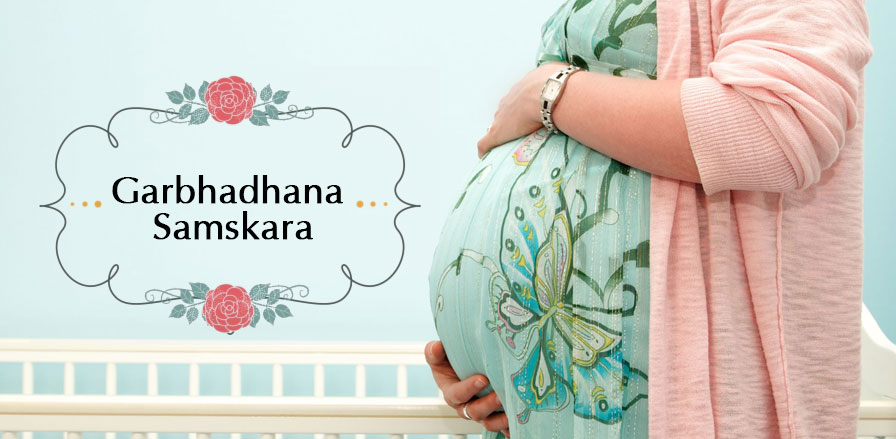










 Vedic Astrology and Education
Vedic Astrology and Education
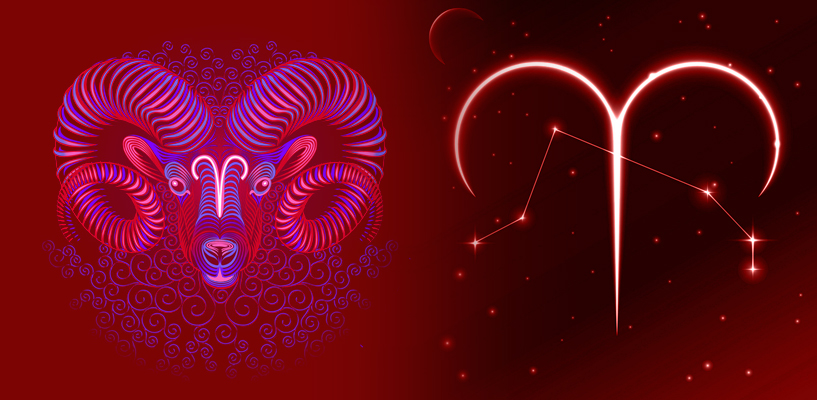 Which Power Color to Flaunt if you are an Aries Native!
Which Power Color to Flaunt if you are an Aries Native!
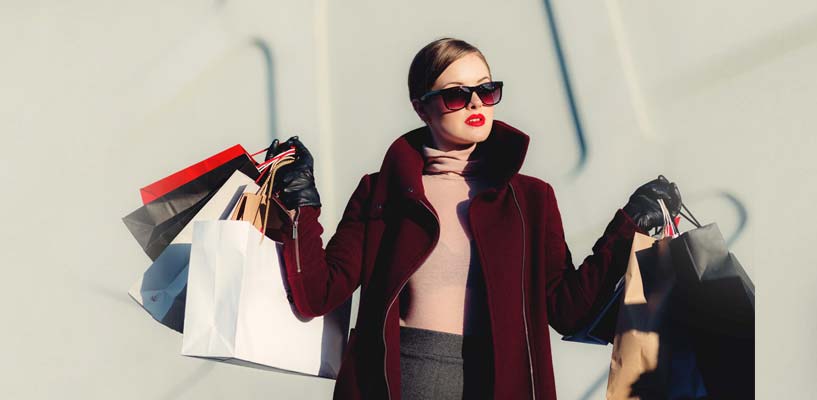 Type of Shopper you are, as per your Zodiac sign
Type of Shopper you are, as per your Zodiac sign
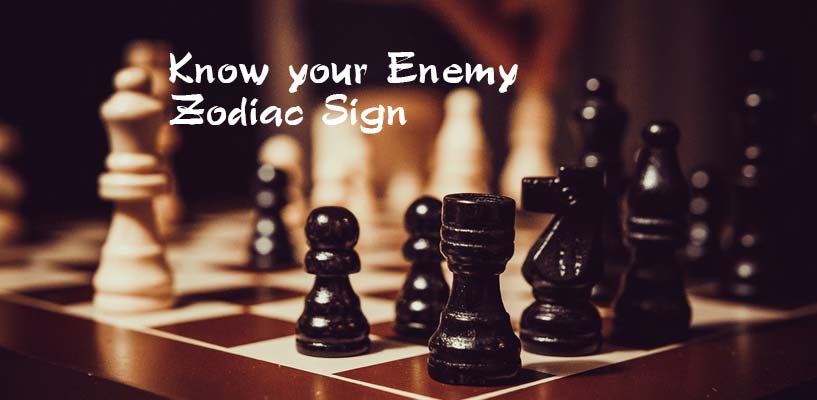 Know your Enemy Moon Sign
Know your Enemy Moon Sign
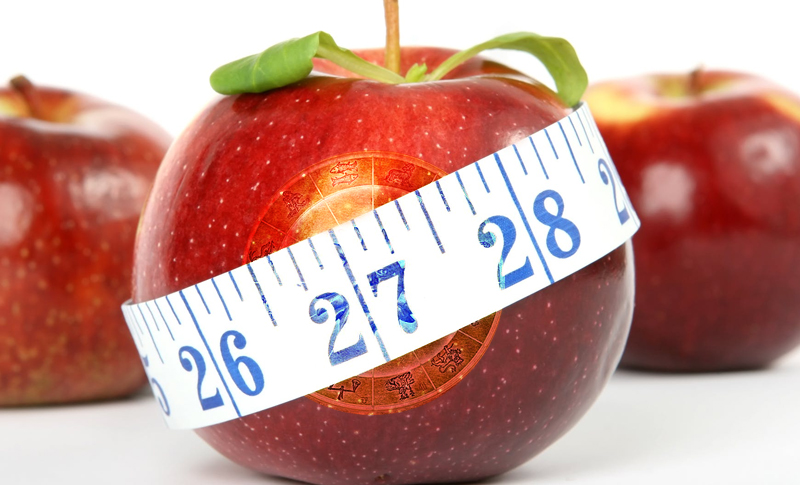 How to analyse your health astrologically?
How to analyse your health astrologically?
